Eye Level Math Online
Eye Level Math helps improve problem-solving skills by enabling
students to master concepts through a small-step approach.
GET YOUR FREE TRIAL NOW!
Eye Level Blended Learning gives you the power and flexibility to master your learning.
Sign up to try out Eye Level Blended Learning for free trial at no extra cost.
Online Math Programs
Eye Level Math Online is a unique online program built to help students improve their calculation ability through mastery learning from virtually anywhere.

Level 3 |
Booklet 1 |
Part 1
Understanding Numbers
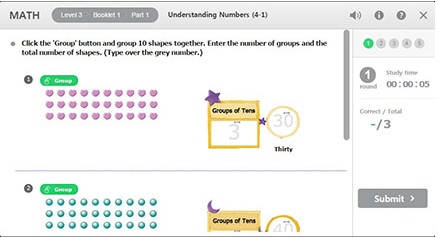
Level 7 |
Booklet 6 |
Part 2
Addition of 1-Digit Numbers to 10~19
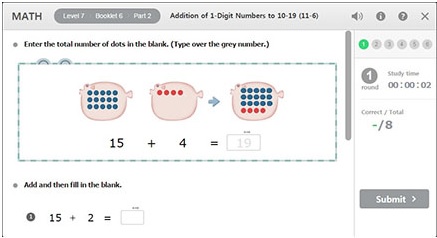
Level 10 |
Booklet 8 |
Part 2
Addition of 2-Digit Numbers
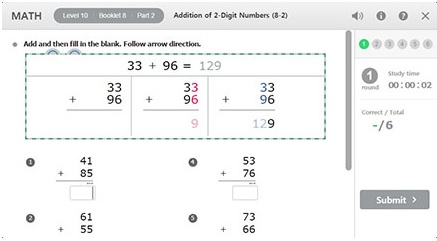
Level 12 |
Booklet 6 |
Part 1
Multiplication Facts
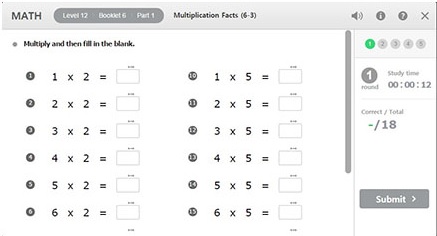
Level 15 |
Booklet 1 |
Part 1
Division of 3-Digit Numbers by 1-Digit Numbers
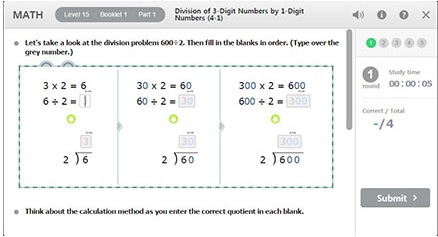
Development of Mathematical Thinking
Build a basic Foundation
Of mathematics.
Basic Thinking Math enables students to
complete the foundation of mathematics and
covers the following study areas: Numbers,
Arithmetic, Measurement, and Equations.
Learn advanced Concepts
and Applications.
Critical Thinking Math enables students to
develop depth perception, problem solving,
reasoning skills, and covers the following study
areas: Patterns and Relationships, Geometry,
Measurement, Problem Solving, and Reasoning.
Mastery of Math Learning
ONLINE LEARNING
- Mastery learning with BTM repetition
- Maximization of motivation by online program
- Maximization of learning effect by using auto
scoring and instant feedback system
- Arithmetic game activity
- Easy access on accumulated records
OFFLINE LEARNING
- Simultaneous learning of BTM & CTM
- Learning of new concepts
- Improvement of problem solving skill with various
supplementary materials
- Well systemized assessment
Learning Materials
| Numerical Figures |
Blocks and Shapes |
Clear Paper |
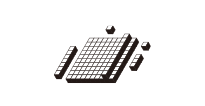
Numerical Figures assist in developing the concepts of number and quantity. |
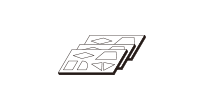
Blocks and Shapes assist in developing depth perception by matching and finding the location of various shapes. |
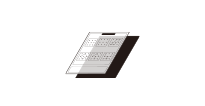
Clear Paper is used to trace and copy various shapes. This helps students to develop their mental skills in relation to depth perception and location. |
| Colored Blocks |
Mirror |
Wooden Blocks |
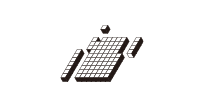
Colored Blocks assist in the
understanding of numbers as
well as length. As students
manipulate Colored Blocks,
they develop their perception
of depth and location. |
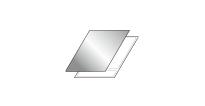
Mirror activities require
students to draw shapes
symmetrically. This forms the
basis for line symmetry that
will be introduced in future
studies. |

The manipulation of Wooden
Blocks enables students to
learn depth perception,
location, and spatial
relationships. This is crucial
in the development of critical
and analytical thinking skills. |
| Thinking Bricks |
Thinking Pentos |
Thinking Cubes |
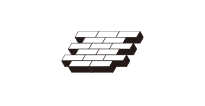
Thinking Bricks consist of
three cuboids that can be
used to stack up the bricks.
(5 pieces, 2 sets) |
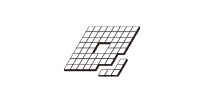
Thinking Pentos are used to
build a model built by putting
the sides of unit squares
together. (12 pieces) |
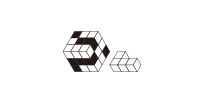
Thinking Cubes are used to
build a model that comprises
the figures with concave
surface built by putting
together the faces of 3 or 4
cubes. (7 pieces) |
About Eye Level Math Online Learning
Free Trial Information
Free Trial Information
Free Trial Period & Benefits
Free Trial Includes
| Level |
Concepts Included |
Grade |
| 3 |
Children learn the numerical order of numbers up to 120 through expansion of numbers and by studying adding 1, 2, and 3. |
K4~K6 |
| 4 |
By studying how to add 1, 2, and 3, the numerical order up to 120 is understood. Children will also study how to subtract 1, 2, and 3. |
| 5 |
Children are led to understand how to make numbers through the addition table, while developing their mental arithmetic skills. |
P1 |
| 6 |
This lesson develops the ability to perform mental arithmetic with addition facts. Practice enables children to mentally calculate and answer addition problems. |
| 7 |
Based on learning the addition table, this lesson checks the complete understanding of (2-digit up to 19) + (1-digit) and further practices mental arithmetic to enable answering intuitively. |
| 8 |
Study subtraction table. Understanding subtraction and developing
mental calculation of subtraction.
|
| 9 |
Enables children to give intuitive answers by helping them understand the concept and method of (2-digit) – (1-digit). Completes the mental arithmetic of subtraction. |
| 10 |
Using the mental arithmetic ability, students practice carrying out 2-digit addition with regrouping notations. Complete the study of written arithmetic of addition. |
P2 |
| 11 |
Using the mental arithmetic of subtraction ability, students practice 2-digit subtraction without borrowing notations. Complete the study of written arithmetic of subtraction. |
| 12 |
Intensive practice with the times tables and introduction to
basic multiplication |
P2 |
| 13 |
Based on the multiplication table, students understand the calculation theory and method of (2-digit) x (1-digit), and practice handling the regrouping in their head without written notations. Complete the study of multiplication. |
| 14 |
Students become familiar with the division table and establish the basics of division. Students come to understand that the remainders should always be smaller than the divisor. |
| 15 |
Completion of long division process. |
P3~P4 |
How to Start